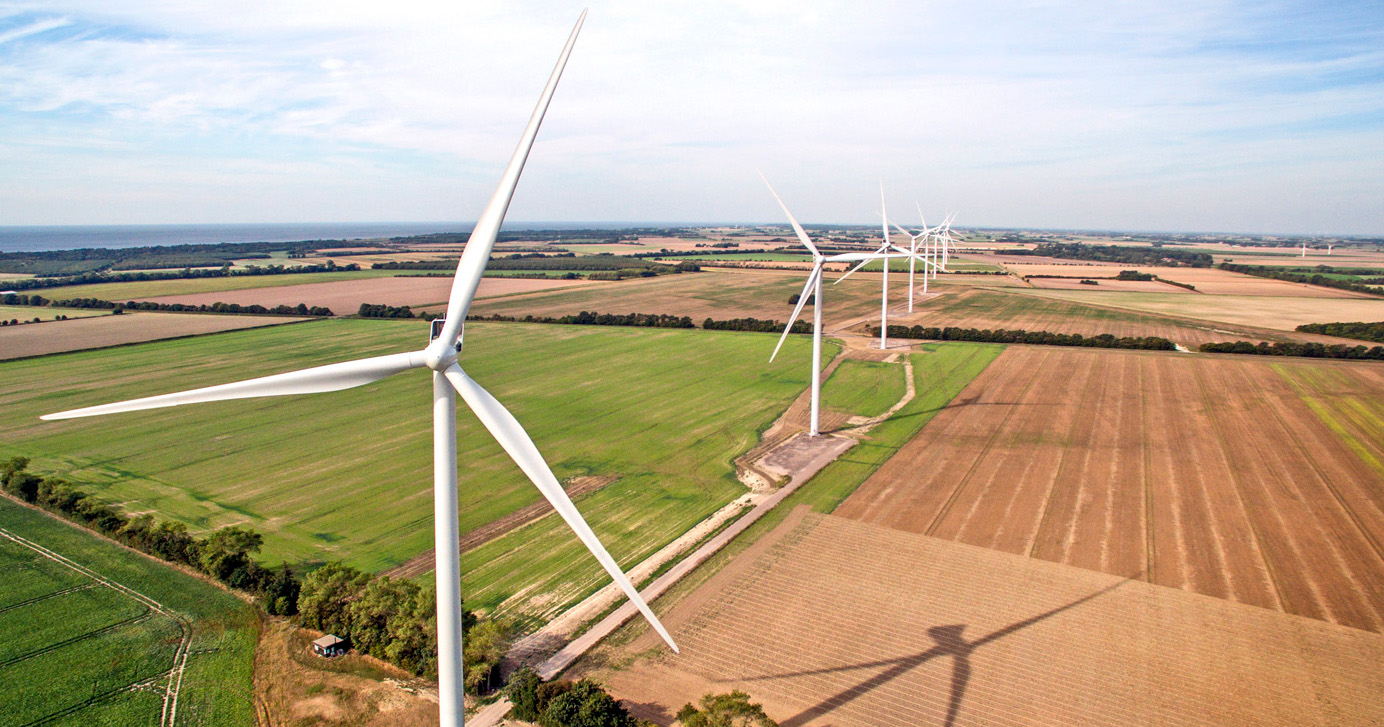In a MADE collaboration project, Danish Vestas learned that they need to show that maintenance is not just a cost driver, it can also be a mechanism to generate added value. The wind turbine company gained inspiration from FORCE Technology and SMEs from a variety of industries – and now, they aim to roll out a new maintenance strategy at worldwide factories across the globe.

A red warning lamp flashes in your car and an annoying beeping sound catches your attention. Something is not working as it should. Your vehicle needs maintenance soon, otherwise it won’t run smoothly.
The same goes for coffee machines, refrigerators – and wind turbines. Manufacturing companies need to pay special attention to their maintenance because breakdowns that cause production stoppages can quickly cost a fortune.
“Maintenance costs account for approximately 24% of the total cost of manufacturing, and for some that figure may even be as high as 60%. In many cases, the majority of these expenses are unnecessary or wrong, so new solutions are in great demand no matter what you manufacture,” explains Michele Colli, Industrial IoT Specialist at FORCE Technology.
He headed a MADE collaboration project where large companies and SMEs worked together with FORCE Technology in four tailored workshops to find new solutions and learn how to use digital solutions to improve and implement predictive maintenance. For inspiration, the project partners also visited some of the participating companies, like MAN Energy Solutions and Vestfrost.
The project provided us with tools that gave us a better understanding of predictive maintenance. We learned that we need to put more effort into showing that maintenance is not just a cost driver
Kristoffer Hvisthule, Team Leader Global Maintenance at Vestas Wind Systems
The project provided us with tools that gave us a better understanding of predictive maintenance. We learned that we need to put more effort into showing that maintenance is not just a cost driver,’ says Kristoffer Hvisthule, Team Leader Global Maintenance at Vestas Wind Systems.
Vestas’ wind turbines are increasing in size every year, and the tallest offshore wind turbine can reach up to 271 metres from ground to wing tip. It is therefore easy to imagine how big an impact an effective maintenance strategy can have – especially if inspections from the air can be reduced or even dropped entirely.
Read more about Vestas’ work with other initiatives in their digital transformation (in Danish).
“The idea for the project was to perform three analyses with participants and help them scope the most valuable areas and potentials for maintenance improvements. We wanted to provide them with tools so they could use them systematically and “sell” maintenance internally as well. It’s important to have tools to show managers the value of innovating how maintenance is handled – and here we have a very strong case with Vestas that can have a huge impact worldwide,” says Michele Colli.
‘The car makes a weird sound’
Vestas’ challenge was to develop a common understanding of the importance of maintenance:
“Technicians are just waiting for processes to break down – but they need to take responsibility. We’re in a cultural transition from a time when maintenance was done by a guy with a lubrication bucket to today, where we need highly educated personal,” Kristoffer Hvisthule points out.
The Vestas team leader uses an analogy to explain the core of the challenge that many Danish manufacturing companies face and how a shift in mentality can be key when it comes to digital maintenance:
“We bought a new estate car at home. One day, my wife started complaining about a weird sound from the car when she drives over a bump on the road. The technicians looked at it, but their conclusion was that there was nothing wrong with the car. And yet my wife insists it still sounds weird.”
“I then asked her: “How fast are you going when it makes the sound? And what kind of surface are you driving on?” Then my wife came back later and told me: “It’s the second bump on the road, the speed is 40 kph and it only makes the sound in the north-bound direction.”
“I provided the training for her to give me the correct information I needed. She was able to act like a sensor or a feedback provider. It’s important to address challenges that the end user faces,” says Kristoffer Hvisthule.

New Maintenance Strategy
The collaboration project, which lasted for approximately six months, has given Vestas – and the other participating companies – new tools to present the potentials associated with reduced costs and increased efficiency.
“We’ve created a whole new maintenance strategy – we’ve taken the first baby steps in terms of management support. Maintenance belongs with the end user. The end user is the expert who uses this machine for many hours each day. Like my wife who drives our estate car,” says Kristoffer Hvisthule.
The project is finalized but the work on innovating maintenance continues – and can have significant impact on the global wind turbine company:
“We’ve selected a pilot factory where the new maintenance strategy will be rolled out. We’re presenting the necessary steps to mangers to implement these solutions. Our goal is to enroll this new maintenance strategy when ready to our worldwide factories,” concludes Kristoffer Hvisthule.
Digital Maintenance Programme
MAN Energy Solutions, BKI Foods, Vestfrost, AH Metal Solutions and Vestas Wind Systems were part of the MADE collaboration project from May to October 2022.
FORCE Technology provided the companies with new insights, trends, technologies and tools – and results, knowledge and challenges were discussed in lively plenary sessions.
One of the many tools was to complete a test to reveal strengths and weaknesses in manufacturing based on the EU initiative ADMA, where MADE enables manufacturing companies to rapidly gain input on how to boost their competitiveness.